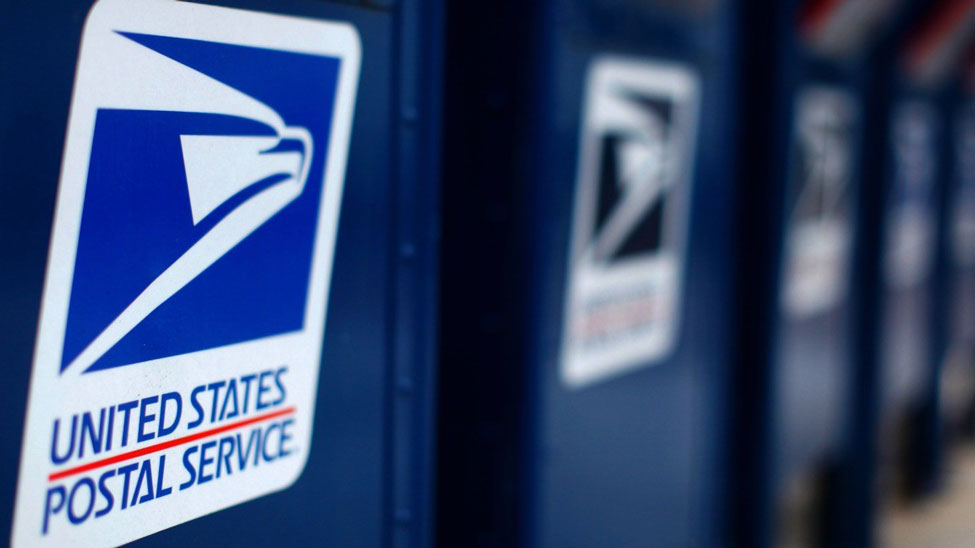
Calls for reform after USPS announce net loss of $2.1 billion

The U.S. Postal Service (USPS) has reported a net loss for the second quarter of fiscal 2019 (January 1, 2019 – March 31, 2019), totaling nearly $2.1 billion, an increase of $747 million, compared to a net loss of $1.3 billion for the same quarter last year.
Total revenue for the quarter was $17.5 billion – a decrease of $8 million, or essentially flat, compared to the same quarter last year.
First-Class Mail revenue declined by $217 million, or 3.3 %, on a volume decline of 576 million pieces, or 3.9 %, compared to the same quarter last year. Marketing Mail revenue declined by $155 million, or 3.9 %, on a volume decline of 959 million pieces, or 5.2 %, compared to the same quarter last year. Meanwhile, Shipping and Packages revenue increased by $253 million, or 4.9 %, on volume growth of 5 million pieces, or 0.3 %, compared to the same quarter last year.
Total operating expenses were $19.6 billion for the quarter, an increase of $751 million, or 4.0 %, compared to the same quarter last year. Excluding costs impacted by actuarial revaluation, discount rate changes, and amortization of unfunded liabilities, which are outside of management’s control, expenses increased by $154 million, or 0.8 %, compared to the same quarter last year.
The Taxpayers Protection Alliance (TPA) reacted with concern to the results. TPA President David Williams reiterated the need for reform, noting that: “the USPS continues to double-down on a flawed business model that uses first-class mail revenues to subsidise package deliveries. The agency continues to insist that their pricing strategies are reasonable, despite bizarre assumptions that ‘competitive products’ such as packages make up a small portion of operating costs. Closed-book accounting perpetuates these problems and keeps outside experts from soberly examining the USPS’ many issues.”
Williams continued: “Deeply-flawed pricing is just the tip of the iceberg for the agency. The USPS refuses to address widespread waste throughout the agency, as seen by inflated contracts with middle-mile deliverers and inconsistent use of productivity tools. TPA has long noted these problems, and we found in a January report that the USPS wastes more than $3 billion per year at a time when lawmakers are considering a taxpayer bailout of the agency. Even though Congress has failed to enact meaningful reform, the recommendations in TPA’s report empower Postal leadership to deal with these pressing issues.”
Williams concluded: “Instead of pushing for bailouts, members of Congress should prompt the USPS to remake itself into a leaner agency that prices products according to actual costs. But to get the ball rolling, USPS leadership must soberly assess its own problems, and take the first steps toward reform. This won’t be easy, but changes are necessary to keep taxpayers and consumers off the hook for Postal problems.”
Postmaster General and CEO Megan J. Brennan commented: “The Postal Service continues to pursue aggressive management actions and to seek legislative and regulatory reforms to address our overall cost structure and enhance revenue-generating opportunities.”
“Our focus remains on meeting the expectations of the American public, continuing to invest in the future of the organisation, and continually delivering innovations and increased value for both the senders and receivers of mail and packages,” she adds.
“We continue to face challenges from the ongoing migration of mail to electronic alternatives, and we are legally limited under current law in how we can price our products and streamline our legacy costs,” said Chief Financial Officer and Executive Vice President Joseph Corbett. “Within the framework of our current business model, we are executing to grow revenue and reduce operating expenses.”
The USPS has accumulated $70 billion in total net losses since 2007.










This article completely ignores the fact that these “losses” are congressionally mandated. In 2006, Congress required that USPS pre-fund its health benefit obligations at least fifty years into the future – transforming USPS’ 900 million dollar profit in 2006 into a 5.1 billion dollar loss in 2007. Literally no other public or private entity faces this requirement.